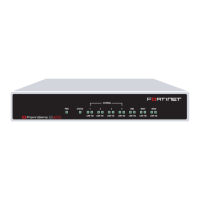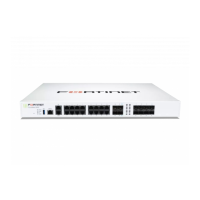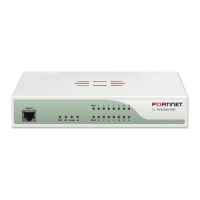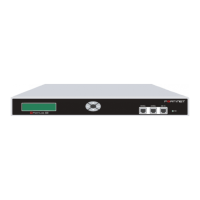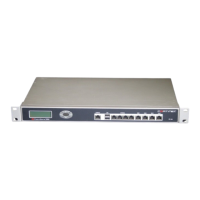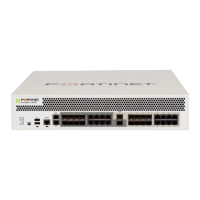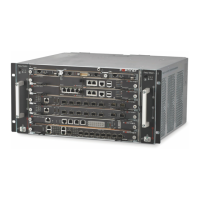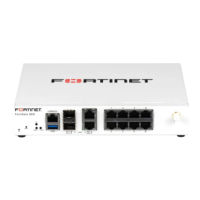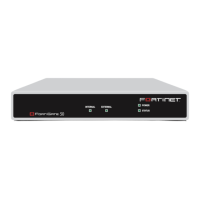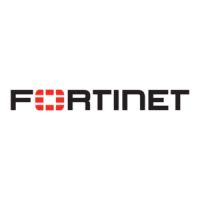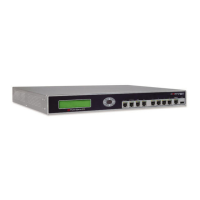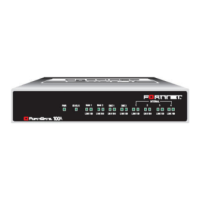
Do you have a question about the Fortinet FortiGate 60M and is the answer not in the manual?
Introduces the comprehensive network security solutions offered by Fortinet, covering mail, logging, and network management.
Details FortiGuard's range of security services, including anti-virus, IPS, and web filtering, developed by Fortinet's expert team.
Describes the FortiGate-60/60M/ADSL device features and capabilities for remote and retail users.
Explains the features and benefits of the FortiWiFi-60 wireless security device for secure LAN solutions.
Details the FortiGate-100A network security appliance for small offices, SOHO, and branch departments.
Provides important notes and explanations for using this manual, including IP address usage and warning symbols.
Explains the typographical conventions used throughout the manual for clarity, such as keyboard input and command syntax.
Information on accessing the latest Fortinet technical documentation and various product manuals.
Guidance on using the Fortinet knowledge base and how to provide feedback on technical documents.
Details on how to obtain customer service and technical support for FortiGate devices and services.
Instructions for checking all components included in the FortiGate device's packaging box.
Steps for powering on the FortiGate device and understanding LED status indicators.
Methods for connecting and configuring basic FortiGate settings via web manager or CLI.
Details the default DHCP server settings for rapid internal network configuration.
Explains the default network configuration for NAT/Route mode, including interface IP addresses and gateway settings.
Outlines the default network settings for transparent mode operation, including management IP and DNS.
Describes the default firewall policies and settings for traffic control and content protection.
Step-by-step guide to restore factory defaults using the web-based manager.
Considerations for planning the integration of FortiGate devices into your network infrastructure.
Instructions for installing and configuring FortiGate devices in NAT/Route mode.
Guide for installing and configuring FortiGate devices in Transparent mode.
Steps to configure public interfaces to not respond to ping requests for enhanced network security.
Prerequisites and settings needed before configuring transparent mode for the FortiGate device.
How to perform initial configuration and settings using the web manager for transparent mode.
How to perform initial configuration using the CLI for transparent mode operation.
Guide to accurately setting the system date and time for logging and deployment purposes.
Instructions for registering your FortiGate device to receive updates and access technical support.
How to update antivirus and IPS signatures using the web-based manager for enhanced protection.
Procedure for updating IPS signatures using the command line interface for system protection.
Configuring automatic update schedules for antivirus and IPS using the web manager.
Setting up automatic update schedules for antivirus and IPS using the command line interface.
Explains the redundant and standalone modes for the modem interface configuration.
Steps to configure a redundant modem connection on the FortiGate-60M device.
Adjusting settings for detecting and responding to gateway failures to ensure network stability.
Steps to configure the ADSL interface for connecting to an ISP, including basic settings.
Guide to configuring the ADSL interface for DHCP IP address assignment from the ISP.
Steps to configure the ADSL interface using PPPoE or PPPoA protocols for ISP connection.
Basic steps to set up a wireless network using the FortiWiFi-60 device.
Guidelines for optimal placement of the Access Point for best signal coverage and performance.
Explanation of WEP security protocol, its limitations, and security considerations.
Details on WPA security protocol, its advantages over WEP, and authentication methods.
Overview of additional wireless security features like MAC filtering and SSID settings.
How to configure FortiWiFi-60 to function as an Access Point for wireless network access.
How to configure FortiWiFi-60 to operate in User mode for receiving wireless data.
Setting up the FortiWiFi-60 as a DHCP server for wireless clients on the WLAN interface.
Configuring security options like SSID, security mode, and MAC filtering for network protection.
Creating firewall policies to control traffic between WLAN and WAN interfaces for secure internet access.
Procedures for upgrading FortiGate firmware using the web manager or CLI for performance enhancement.
Steps to revert to an older firmware version if needed, potentially resolving issues.
Method to install firmware during system reboot using CLI and TFTP server for system recovery.
Information about using the FortiUSB key for configuration backup and firmware management.
How to test a new firmware image without permanently installing it, ensuring compatibility.
Guide for installing a backup firmware image on FortiGate-100A devices for recovery.
